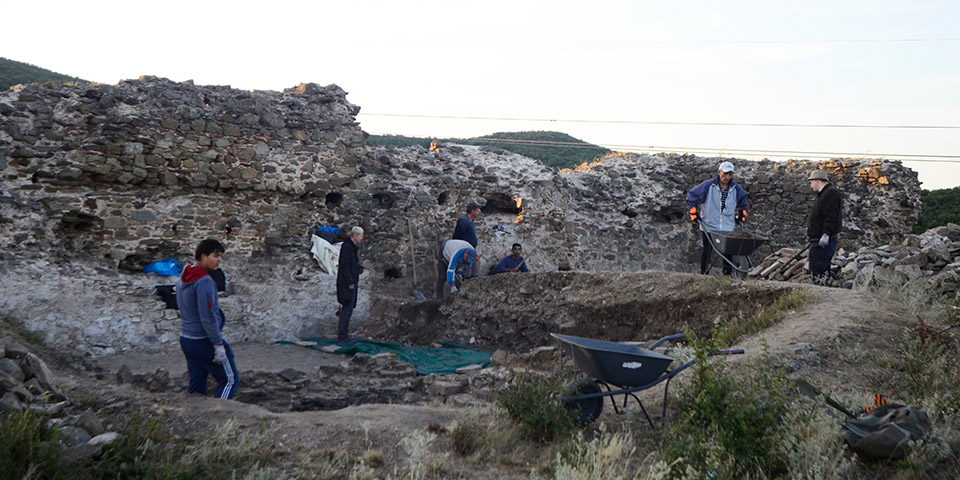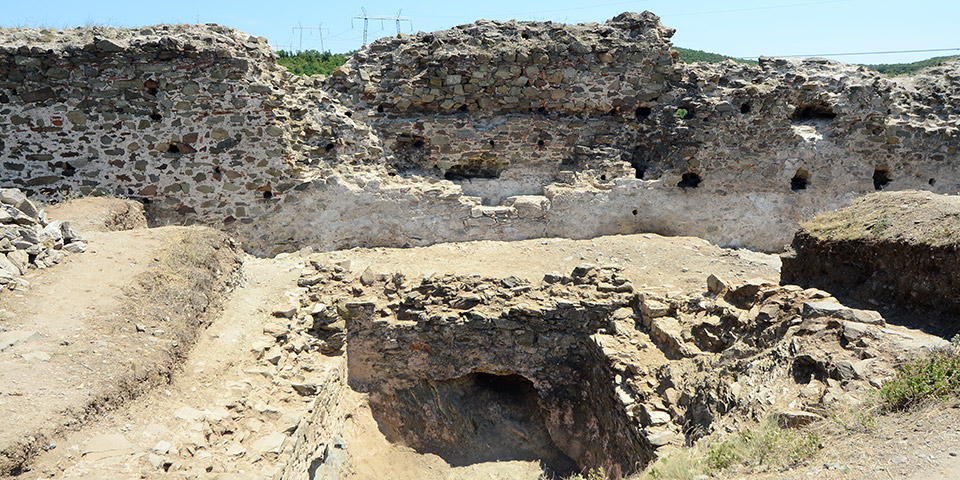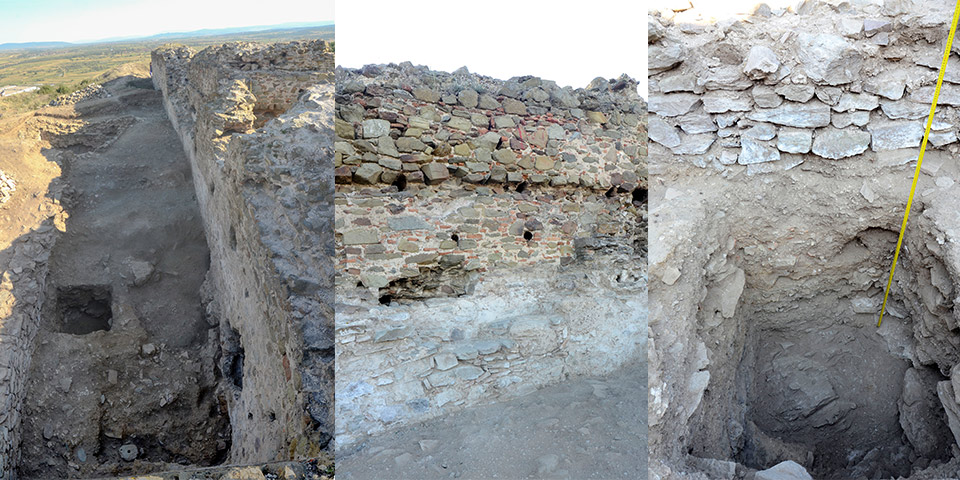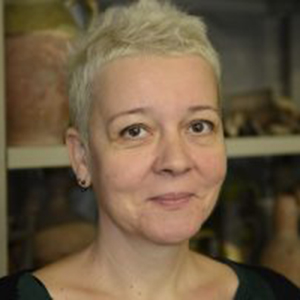Fortress Koprijan
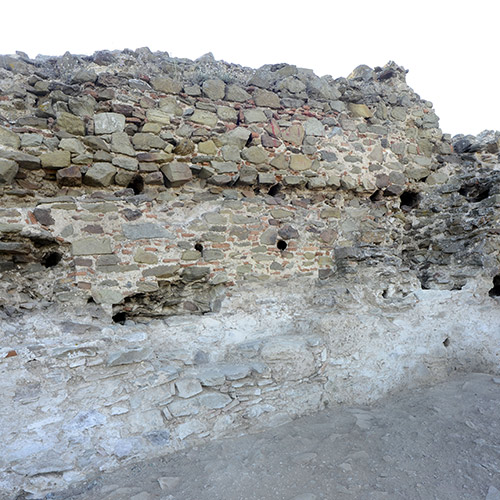
Name of the site: Fortress Koprijan
Project: Archaeological research of the medieval fortress Koprijan near Doljevac
Project director: Dr. Vesna Bikić
Team: Dr. Uglješa Vojvodić, Dr. Milica Radišić, Dr. Vujadin Ivanišević, academician (consultant), Jasmina Bogić, Dr. Vladan Zdravković, Dr. Miloš Ivanović
Institutions involved: Institute of Archaeology, Institute for the Protection of Cultural Monuments of Serbia – Niš, National Museum Niš, The Institute for Byzantine Studies – Serbian Academy of Sciences and Arts
The Medieval fortress Koprijan, also known as Kurvingrad, is situated in the village of Malošište within the municipality of Doljevac (southern Serbia). Positioned on the slopes of Mount Seličevica, above the right bank of the South Morava, near the mouth of Toplica, the Koprijan fortress held a great strategic position. Situated above the Kurvingrad gorge and on the southern edge of the Niš valley, it played a significant role in controlling an important route along the Morava valley.
The Byzantine city of Komplos, assumed to have been situated at this location, was mentioned in the Charter of Emperor Basil II from 1119/20. The town underwent reconstruction as a border fortress during the reign of Prince Lazar Hrebeljanović, in 1372. Koprijan likely came under Turkish rule in 1451. Following this, the fortress was not reconstructed, as it was situated deep within Ottoman territory.
Koprijan stands out as one of the well-preserved monuments from the Serbian Middle Ages, featuring a regular rectangular base and covering an area of about 30 ares. Surrounded by a moat on all sides, the fortress has square towers, enclosed on all four sides, evenly spaced along the ramparts. The ramparts are exceptionally well-preserved on the eastern side, reaching a height of over 10 metres, while the position of the main tower can be seen in the configuration of the terrain.
Since 2022, the Institute of Archaeology has been conducting archaeological research at the site. A multi-year project of systematic archaeological excavations was launched with the overarching objective of investigating, safeguarding, conserving, and partially restoring the remnants of the medieval Koprijan fortress. The ultimate goal is to integrate this significant monument into the cultural and historical landmarks with tourist potential.
Selected bibliography:
Стојановић Љ. 1927. Где је град Копријан, Прилози КЈИФ VII, 1-2, 217–219.
Марковић М. А. 1937. Натпис из града Копријана, Старинар XI, 98–99.
Дероко А. 1950. Средњовековни градови у Србији, Црној Гори и Македонији, Београд, 120–121.
Костић М. 1967. Да ли је средњовековни град Копријан данашњи Курвин град, ЛЗ 7, 154–156.
Јовановић Ј. 1969. Градови Копријан и Јелица у доба Деспотовине, ЛЗ 9, 257–261.
Томовић Г. 1974. Морфологија ћирилских натписа на Балкану, Београд, 78–79.
Каниц Ф. 1985. Србија – земља и становништво, Београд, 15–6.
Поповић М. 1989. Утврђења Моравске Србије, у: Свети кнез Лазар – Споменица о шестој стогодишњици косовског боја 1389–1989, Београд, 82, 84.
Лексикон градова и тргова средњовековних српских земаља 2010. ред. С. Мишић, Београд, 140–141.
Бикић В., Војводић У. 2023. Археолошка истраживања тврђаве Копријан код Дољевца – методологија и први резултати, у: Српско археолошко друштво. Јесењи састанак средњовековне секције. Програм и апстракти, Нови Пазар, 25.-26. новембар 2022. године, (прир.) Марин Бугар, Београд, 16–17.





